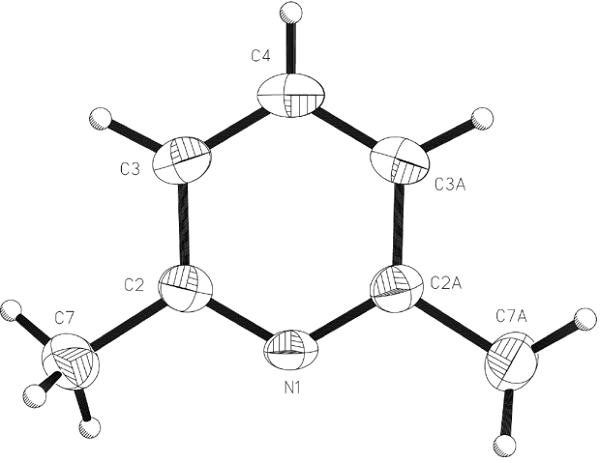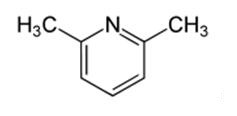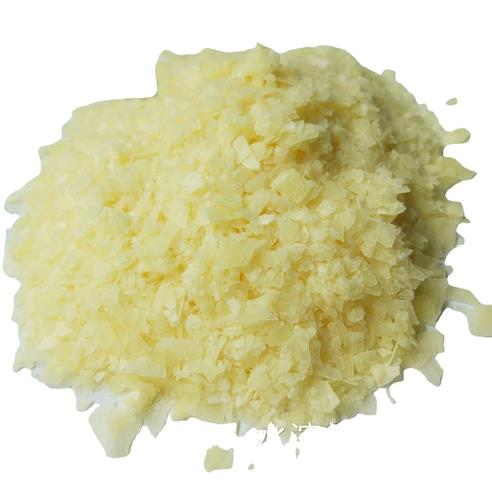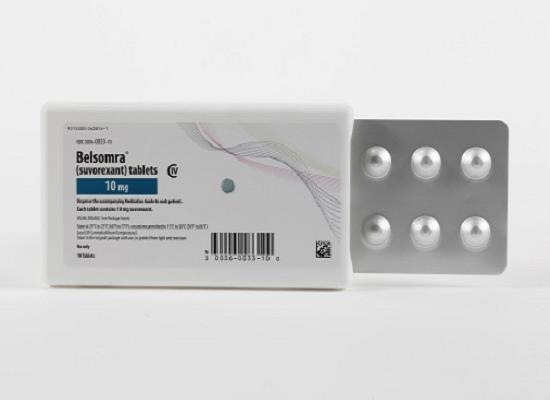2,6-Lutidine: applications and safety
General Description
2,6-Lutidine is a chemical compound used in various applications. It is employed in Pickering emulsion transitions, where it helps form oil-in-water emulsions. The compound has also been studied for its potential as an anticancer agent, showing higher activity than cisplatin against certain tumor cell lines. In organic synthesis, 2,6-lutidine plays a crucial role in the synthesis of ketones by enhancing reaction efficiency and tolerating various functional groups. However, it is important to handle this compound with care as it can cause irritation to the eyes, skin, and respiratory tract, and has toxic effects on organs. Proper safety precautions must be followed when using 2,6-lutidine.
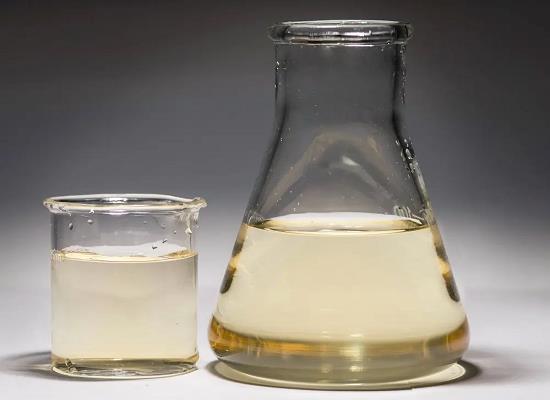
Figure 1. 2,6-Lutidine
Applications
Pickering emulsion
The utilization of 2,6-lutidine in the application of oil-in-water Pickering emulsion transitions was studied. These transitions occur when silica particles are introduced into a lower critical mixture of 2,6-lutidine and water, within the two-phase region. Above a specific particle wetting transition temperature, known as Tw (R), where R represents the radius of the particles, Pickering emulsions are formed. At this temperature, gravitational forces exceed critical interfacial forces, causing a particle at the lower portion of a Pickering droplet to detach from the interface and become completely wetted by the water-rich β phase. This particle wetting transition is characterized by a jump in the particle contact angle from a receding angle to zero, rendering the Pickering droplet unstable and leading to its dissolution. As the particle radius decreases, the wetting transition temperature Tw (R) approaches the lower critical temperature Tc. The criterion for the instability of a Pickering droplet is determined by an equation, with equality occurring at Tw (R). The line tension τ, associated with the three-phase αβS contact line, can be estimated using the modified Young's equation for curved αβ surfaces. 1
Anticancer
Cyclopalladated compounds containing 2,6-lutidine have been studied for their applications in bridge splitting reactions. The cytotoxicity of the cyclopalladated compounds was assessed against various tumor cell lines, including murine mammary carcinoma (4T1) and melanoma (B16F10-Nex2), as well as human melanoma (A2058, SK-MEL-110, and SK-MEL-5) cells. Compared to cisplatin, the compounds exhibited significantly higher activity, ranging from 10 to 100-fold more potent depending on the specific tumor cell line. The cytotoxic effects on human lung fibroblasts (MRC-5) were also evaluated for comparison. In addition, the compounds' ability to induce late apoptosis in SK-MEL-5 cells was confirmed after 24 hours of incubation using annexin V-Fluorescein isothiocyanate (FITC)/propidium iodide (PI). The binding properties of one of the model compounds (compound 1) with human serum albumin (HSA) and calf thymus DNA (ct-DNA) were studied using circular dichroism and fluorescence spectroscopy. Docking simulations were performed to gain further insights into the interaction between the palladacycle and HSA. Furthermore, the inhibitory activity of compounds 1-4 against cathepsin B and L enzymes was investigated in this study. 2
Synthesis of ketones
2,6-Lutidine plays a crucial role in the oxidative cleavage of olefins to ketones using NaIO4 and catalytic RuCl3. Its addition as an additive has been found to enhance the efficiency of the reaction by improving the yield and reducing the reaction times. Without the presence of 2,6-lutidine, the reactions tend to stall at the diol intermediate, resulting in incomplete conversion to the desired ketones. Additionally, the use of 2,6-lutidine allows for the avoidance of harmful solvents like CCl4 and DCE, making the reaction protocol more environmentally friendly. Moreover, this method is tolerant of various functional groups, further expanding its applicability in organic synthesis. 3
Safety
2,6-Lutidine is a chemical compound that can cause irritation to the eyes, skin, and respiratory tract. It is easily absorbed through the skin and has toxic effects on the nervous system, liver, and kidneys. When handling this substance, it is important to wear protective gear such as masks, eyewear, clothing, and gloves. Storage should be in a cool, well-ventilated area away from fire, as it is flammable and can release toxic fumes when heated. Contact with oxidizing agents should be avoided. Proper precautions, such as working in a ventilated fume hood, should always be taken when using 2,6-lutidine. 4
Reference
1. Matsubara H, Chiguchi K, Law BM. Pickering
Emulsion Transitions in 2,6-Lutidine Plus Water Critical Liquid
Mixtures. Langmuir, 2020, 36(42):12601-12606.
2. Cunha GA, de Souza RFF, de Farias RL, Moreira MB, Silva DES, Zanetti RD, Garcia DM, Spindola DG, Michelin LFG, Bincoletto C, de Souza AA, Antunes AA, Judice WAS, Leitao RCF, Deflon VM, Mauro AE, Netto AVG. Cyclopalladated compounds containing 2,6-lutidine: Synthesis, spectral and biological studies. J Inorg Biochem, 2020, 203:110944.
3. Watson DW, Gill M, Kemmitt P. An Investigation into the Role of 2,6-Lutidine as an Additive for the RuCl3-NaIO4 Mediated Oxidative Cleavage of Olefins to Ketones. Tetrahedron Lett, 2018, 59:4479-4482.
4. 2,6-Lutidine: Safety Data Sheet. JUBILANT INGREVIA, 2012. https://www.jubilantingrevia.com/uploads/files/76msds_0006GjGhs14Div.3sds2,6-Lutidine.pdf
Related articles And Qustion
See also
Lastest Price from 2,6-Lutidine manufacturers

US $10.00/KG2025-04-21
- CAS:
- 108-48-5
- Min. Order:
- 1KG
- Purity:
- 99%
- Supply Ability:
- 10 mt
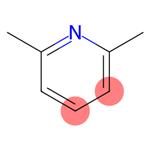
US $0.00/kg2025-04-15
- CAS:
- 108-48-5
- Min. Order:
- 20kg
- Purity:
- 99%
- Supply Ability:
- 20 tons

